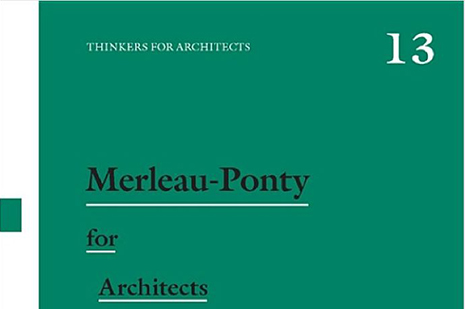Architecture and Embodiment
This area explores the history and theory of the relationship between architecture and the body. As human beings are fundamentally embodied entities, this bodily condition has far-reaching consequences for how we think and act in relation to our built environment.
Research draws on ideas and methods from a number of related fields, such as philosophy,
psychology, history, cultural studies and computer science, and addresses key areas of architectural activity including drawing and design tools; construction, tectonics and materiality, interpretation and architectural criticism.
Projects
Merleau-Ponty for Architects
The phenomenological features of Merleau-Ponty’s notion of embodiment have today received extensive support by contemporary biological and neuroscientific research. Hale’s book, which highlights and distills the pivotal insights of the French philosopher, is essential reading for every architect who might ponder how people actually perceive their designed environments.' - Harry Francis Mallgrave, Distinguished Professor Emeritus, Illinois Institute of Technology, USA.
Buy the book - Routledge
